Home>Garden Essentials>How Long Does It Take Pansies To Bloom From Seed
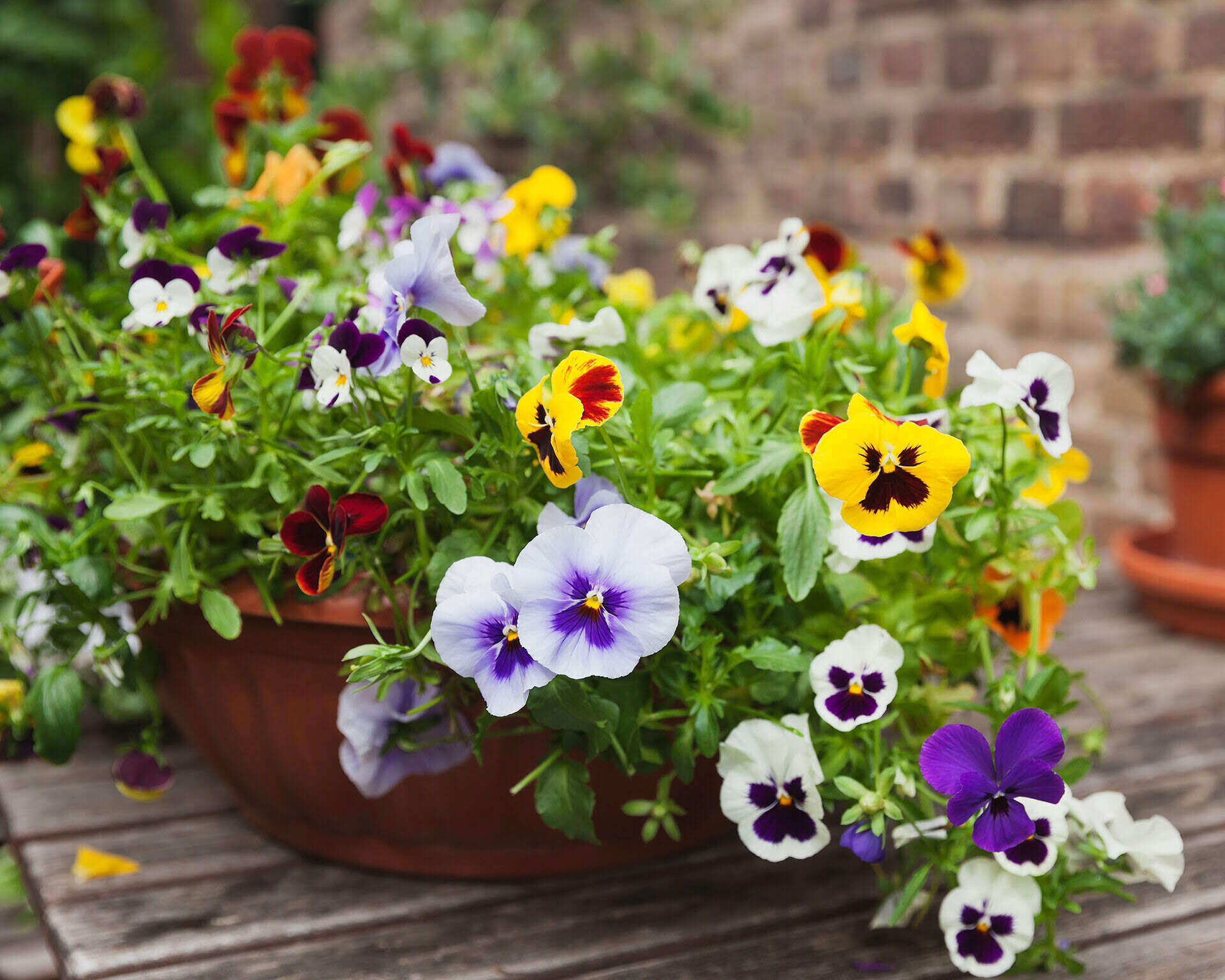

Garden Essentials
How Long Does It Take Pansies To Bloom From Seed
Modified: March 15, 2024
Discover how long it takes for pansies to bloom from seed in your garden. Learn the secrets to achieve beautiful blooms and vibrant colors.
(Many of the links in this article redirect to a specific reviewed product. Your purchase of these products through affiliate links helps to generate commission for Storables.com, at no extra cost. Learn more)
Introduction
Welcome to the wonderful world of pansies! If you’re a gardening enthusiast, you’re probably familiar with these vibrant and versatile flowers. Pansies are known for their cheerful colors and ability to add instant charm to any garden or landscape.
Whether you’re a seasoned gardener or a beginner, growing pansies from seed can be a rewarding and enjoyable experience. However, one question that often arises is, “How long does it take pansies to bloom from seed?” In this article, we will explore this topic in detail and provide you with valuable insights to help you plan your pansy growing journey.
Before we dive into the specifics, let’s take a moment to understand why pansies are a popular choice for many gardeners. Aside from their stunning appearance, pansies are known for their ability to withstand cooler temperatures, making them ideal for adding color to your garden during spring and fall.
Pansies come in a wide range of colors, from rich purples and velvety blues to delicate pinks and sunny yellows. Their charming “faces” or markings on the petals add another layer of interest to these already captivating flowers. Whether you prefer single-colored blooms or a mix of different hues, pansies offer endless possibilities to express your creativity in the garden.
Now, let’s get to the main question: how long does it take pansies to bloom from seed? The answer to this question depends on several factors, including the variety of pansies you choose, the germination period, and the growing conditions you provide. Let’s explore each of these aspects in detail in the following sections.
Key Takeaways:
- Pansies typically take 9 to 12 weeks to bloom from seed, but this can vary based on factors like variety, climate, and care. Understanding these factors can help you plan and manage your pansy growing journey.
- To extend the blooming period of your pansies, consider strategies like regular deadheading, proper fertilization, and succession planting. Providing optimal growing conditions and addressing pests and diseases promptly can also contribute to prolonged blooming.
Choosing the Right Pansies
When it comes to choosing the right pansies for your garden, there are a few key factors to consider. Firstly, you’ll want to select a variety that suits your climate and growing conditions. Pansies are categorized into three main groups: large-flowered pansies, medium-flowered pansies, and small-flowered pansies.
Large-flowered pansies have big blooms, often measuring around 3 inches in diameter. These varieties are impressive and make a bold statement in the garden. If you’re looking to create eye-catching flower beds or focal points in your landscape, large-flowered pansies are a great choice.
Medium-flowered pansies are slightly smaller than their larger counterparts, with blooms ranging from 2 to 2.5 inches. They still offer a stunning display of colors but are more compact and suitable for borders or container gardening.
Small-flowered pansies, also known as “Johnny jump-ups,” have dainty blooms that measure around 1 inch in diameter. These delicate flowers add a whimsical touch to any garden and are perfect for edging or filling in gaps in flower beds.
In addition to the size of the blooms, consider the color palette of the pansies. Think about the overall theme or vibe you want to create in your garden. Do you prefer a harmonious color scheme with shades of one color, or do you want a vibrant mix of contrasting hues? Pansies come in a wide range of colors, including blues, purples, pinks, yellows, and even multicolored blooms with unique patterns and markings.
While considering colors, also keep in mind the location where you plan to plant the pansies. If the area receives full sun, choose pansies that are more tolerant of intense light and heat. Conversely, if the area is shaded, go for varieties that can thrive in lower light conditions.
Lastly, pay attention to the growth habit and height of pansy varieties. Some pansies grow in a mounding form, while others trail or spread. This will help you determine which pansies are best suited for the specific planting space.
By taking into account these considerations, you’ll be able to choose the perfect pansies that will thrive in your garden and bring you joy throughout the blooming season.
Planting Pansy Seeds
Now that you’ve chosen the perfect pansy varieties, it’s time to start planting the seeds. Planting pansy seeds is a straightforward process, and with a little care and attention, you’ll soon have beautiful blooms gracing your garden.
The best time to plant pansy seeds depends on your climate and growing zone. In general, pansies are cool-season flowers and can tolerate temperatures as low as 20°F (-6°C). If you live in a region with mild winters, you can sow the seeds in late summer or early fall to enjoy blooms through the winter and early spring. For colder climates, it’s best to start the seeds indoors, 8 to 10 weeks before the last frost date in spring.
Begin by preparing the planting area. Pansies prefer well-draining soil that is rich in organic matter. If your soil is heavy or clay-like, you can amend it with compost or well-aged manure to improve its drainage and fertility. Remove any weeds or debris from the area to create a clean planting bed.
Next, sow the pansy seeds directly into the soil or in seed-starting trays if you plan to transplant them later. If you’re planting directly into the soil, make sure the area is moist before scattering the seeds. Cover the seeds lightly with a layer of soil, about ¼ inch deep.
If you choose to start the seeds indoors, fill seed trays or small pots with a seed-starting mix. Moisten the mix with water and then gently press the seeds onto the surface. Cover the trays with a clear plastic dome or plastic wrap to create a humid environment. Place the trays in a warm spot with indirect sunlight or under grow lights.
Pansy seeds typically germinate within 7 to 14 days, depending on the temperature and growing conditions. Keep the soil or seed-starting mix consistently moist but not waterlogged. Once the seedlings have emerged, remove the plastic cover and place them in a bright location where they will receive at least 4 to 6 hours of sunlight per day.
When the seedlings have developed a few sets of true leaves, you can thin them out if necessary, allowing the strongest seedlings to remain. If you started the seeds in trays, gently transplant the seedlings into individual pots or into the garden when they have reached a height of about 2 to 3 inches.
By following these steps and providing proper care, your pansy seeds will soon transform into healthy seedlings, setting the stage for the beautiful blooms to come.
Germination Period
The germination period is the time it takes for pansy seeds to sprout and develop into seedlings. Understanding this stage is important for planning and managing the growth of your pansies.
Pansy seeds have different germination periods, ranging from 7 to 21 days. The germination time can vary depending on factors such as temperature, moisture, and the specific pansy variety you are growing.
To ensure successful germination, maintain a consistent temperature of around 65°F to 70°F (18°C to 21°C). Avoid exposing the seeds to extreme temperature fluctuations, as this can affect germination rates. A warm and stable environment will encourage faster and more uniform germination.
Moisture is another crucial factor for successful seed germination. Keep the soil or seed-starting mix evenly moist, but not overly wet or waterlogged. Watering from the bottom or using a misting spray can help prevent the seeds from getting washed away or disturbed during the germination process.
It’s important to note that pansy seeds require darkness to germinate. After sowing the seeds, cover them with a thin layer of soil or vermiculite to provide the necessary darkness for germination. Avoid burying the seeds too deep, as they may struggle to emerge from the soil surface.
During the germination period, it’s essential to regularly check the moisture level of the soil or seed-starting mix. Keep it consistently moist but not saturated. If the surface starts to dry out, mist it gently with water to maintain a suitable environment for the seeds.
As the germination period progresses, you will start to see tiny seedlings emerging from the soil. At this stage, you can remove the covering layer and provide adequate light for their growth. Make sure the seedlings receive at least 4 to 6 hours of sunlight per day or supplement with grow lights if growing indoors.
It’s important to be patient during the germination period and not disturb the seeds or seedlings. Avoid overwatering or exposing them to harsh conditions, as this can hinder their growth and development.
By understanding the germination period and providing the optimal conditions, you can ensure healthy and robust pansy seedlings ready to thrive and eventually bloom in your garden.
Providing Optimal Growing Conditions
Once the pansy seeds have germinated and the seedlings have emerged, it’s crucial to provide them with optimal growing conditions to ensure healthy growth and abundant blooms. Here are some key aspects to consider:
1. Sunlight: Pansies thrive in cool weather and prefer about 4 to 6 hours of direct sunlight each day. Place them in a location that receives morning sun and afternoon shade, especially in hotter regions. In areas with intense summer heat, provide some protection from the sun during the hottest part of the day.
2. Watering: Pansies like consistently moist soil, but be cautious of overwatering, as it can lead to root rot and other diseases. Water the plants thoroughly when the top inch of soil feels dry, and make sure to water at the base of the plants to prevent wet foliage, which can encourage fungal diseases.
3. Soil and Drainage: Pansies prefer well-draining soil that is rich in organic matter. Amend heavy clay or compacted soil with compost or well-rotted manure to improve its structure and drainage. Good drainage is crucial to prevent waterlogged roots, which can lead to plant stress and disease.
4. Fertilization: Pansies benefit from regular feeding to promote healthy growth and prolonged blooming. Use a balanced, slow-release fertilizer or a diluted liquid fertilizer every 4 to 6 weeks throughout the growing season. Follow the manufacturer’s instructions for application rates and frequencies.
5. Mulching: Applying a layer of organic mulch around the base of the pansy plants can help conserve moisture, suppress weed growth, and regulate soil temperature. Mulch also adds nutrients to the soil as it breaks down over time. Use a layer of mulch that is about 2 to 3 inches thick, but keep it a few inches away from the plant stems to prevent rotting.
6. Pest and Disease Control: Keep an eye out for common pests such as aphids, slugs, and snails, which can damage pansy plants. Monitor the plants regularly and take appropriate measures to control pests, such as using insecticidal soap or introducing beneficial insects. Additionally, practice good garden hygiene to reduce the risk of fungal diseases by providing adequate air circulation and avoiding overhead watering.
7. Deadheading: To encourage continuous blooming, remove faded or spent flowers. This process, known as deadheading, redirects the plant’s energy towards producing new blooms rather than setting seeds. Use sharp scissors or your fingers to snip off the faded flowers just above the nearest set of leaves.
By providing these optimal growing conditions, you can ensure that your pansies reach their full potential and reward you with an abundance of vibrant blooms throughout the growing season.
Pansies typically take 7-12 weeks to bloom from seed. Start them indoors 8-10 weeks before the last frost, then transplant them outside once the weather warms up. Keep the soil moist and provide plenty of sunlight for best results.
Blooming Time
One of the most exciting aspects of growing pansies is witnessing their beautiful blooms. The blooming time of pansies varies depending on several factors, including the variety, growing conditions, and climate. However, on average, pansies start blooming about 9 to 12 weeks after planting them as seeds.
Once the pansy plants have established themselves and reached maturity, they will begin to produce colorful flowers. The blooming period can last for several weeks, providing a delightful display of vibrant hues and unique petal patterns. Pansies are known for their ability to bloom profusely, creating a carpet of color in gardens, containers, or hanging baskets.
The exact duration of the blooming time can vary based on the specific pansy variety you have chosen. Some varieties may have a shorter blooming period, while others can continue to produce flowers for an extended period, especially in cooler climates.
It’s important to keep in mind that pansies are cool-weather annuals, which means they prefer cooler temperatures ranging from 45°F to 65°F (7°C to 18°C). In regions with hot summers, the blooming time may be shortened or the plants may go into a dormant phase and stop flowering altogether. However, with proper care and by providing some shade or protection from extreme heat, you can extend the blooming period and enjoy the beauty of pansies for a longer time.
Regular deadheading is an essential practice to promote continuous blooming. As pansy flowers fade and begin to form seed pods, removing them will encourage the plant to redirect its energy into producing new blossoms instead of setting seeds. By regularly removing spent flowers, you can help prolong the blooming time and keep your pansies looking fresh and vibrant.
In addition to proper care and deadheading, it’s worth noting that pansies are photoperiodic, meaning their blooming time can also be influenced by the length of daylight. In areas with shorter daylight hours, pansies may bloom earlier or produce more blooms compared to regions with longer daylight hours. This natural response to daylight duration can affect the overall blooming time of your pansy plants.
By selecting pansy varieties that are well-suited to your climate, providing optimal growing conditions, and consistently deadheading the faded flowers, you can enjoy an extended blooming time and bask in the stunning beauty of these charming flowers.
Factors Affecting Pansy Blooming Time
While the average blooming time of pansies is around 9 to 12 weeks after planting, there are several factors that can influence when your pansies will bloom. Understanding these factors will help you better anticipate and manage the blooming time of your pansy plants.
1. Variety: Different pansy varieties have varying blooming times. Some varieties are early bloomers, while others may take a bit longer to produce flowers. When selecting your pansy seeds or seedlings, pay attention to the blooming time specified by the breeder or supplier.
2. Growing Conditions: The growing conditions you provide for your pansies can significantly impact their blooming time. Pansies thrive in cooler temperatures, ideally between 45°F to 65°F (7°C to 18°C). If the growing conditions are too hot or too cold, the blooming time may be delayed or shortened. Ensure that your pansies receive the right amount of sunlight, water, and proper soil conditions to encourage optimal growth and blooming.
3. Climate: The climatic conditions of your region play a crucial role in pansy blooming time. Pansies are cool-weather annuals and prefer cooler temperatures. In regions with mild winters and cool springs, pansies tend to bloom earlier and have a longer flowering period. On the other hand, in areas with hot summers, the blooming time may be shortened as the plants may go into a dormant phase to protect themselves from the heat.
4. Daylight Duration: Pansies are photoperiodic, meaning their blooming time can be influenced by the length of daylight. Pansies bloom more profusely in regions with shorter daylight hours, such as in early spring or late fall. In places where the days are longer, pansies may bloom later or produce fewer flowers. In some cases, providing extra shade or covering the plants to simulate shorter days can help induce earlier blooming in pansies.
5. Plant Maturity: It’s important to remember that pansies need sufficient time to establish themselves before they can begin blooming. While the seeds may germinate and the seedlings emerge within a few weeks, it takes time for the plants to develop strong root systems and reach maturity. Once the plants are well-established, they will have the energy and resources to produce flowers.
6. Fertilization and Care: Proper fertilization and care can also influence the blooming time of pansies. Balancing the nutrient levels in the soil and providing regular feedings with a suitable fertilizer can promote healthy growth and earlier blooming. Additionally, providing adequate water, protecting the plants from pests and diseases, and practicing proper deadheading techniques can all contribute to a healthier and more abundant blooming period.
By considering these factors and implementing appropriate measures, you can encourage timely and prolonged blooming in your pansy plants, ensuring a vibrant and colorful display in your garden.
Extending the Bloom Period
While the natural blooming period of pansies can be several weeks long, there are strategies you can implement to extend the bloom period and enjoy the beauty of these delightful flowers for an even longer time. Here are some tips to help you make the most of your pansy blooms:
1. Deadhead Regularly: Removing faded or spent flowers, known as deadheading, is one of the most effective methods to promote continuous blooming in pansies. Deadheading prevents the plants from putting energy into seed production and redirects their resources towards producing new blooms. Snip off the spent flowers just above the nearest set of leaves using sharp scissors or your fingers to encourage the growth of new flower buds.
2. Fertilize Regularly: Providing your pansies with regular fertilization can help promote healthy growth and prolonged blooming. Choose a balanced, slow-release fertilizer or a liquid fertilizer formulated specifically for flowering plants. Follow the manufacturer’s instructions for application rates and frequencies to avoid over-fertilization, which can lead to excessive foliage growth at the expense of flowers. A well-fertilized pansy plant will have ample nutrients to continue blooming throughout the season.
3. Water Properly: Proper watering is essential for extending the blooming period of pansies. Keep the soil consistently moist but not waterlogged. Water the plants at the base, avoiding wetting the foliage, as wet leaves can promote fungal diseases. Monitor the moisture level of the soil regularly, especially during hot and dry periods, and adjust your watering schedule accordingly.
4. Provide Some Shade: Pansies prefer cooler temperatures and can suffer from heat stress in hot summer conditions. If you live in a region with intense heat, consider providing some shade for your plants during the hottest part of the day. This can be achieved by planting them in a location that receives morning sun and afternoon shade, or by using shade cloth or strategically placing them under taller plants or structures that provide natural shade.
5. Consider Succession Planting: Succession planting involves sowing new pansy seeds or transplanting seedlings at intervals to ensure continuous blooming throughout the season. By staggering the planting times, you can have a constant supply of fresh pansy blooms as the earlier ones start to fade. This technique can be particularly effective in regions with long growing seasons or mild winters.
6. Monitor for Pests and Diseases: Regularly check your pansy plants for signs of pests and diseases. Pests such as aphids, slugs, and snails, as well as diseases like powdery mildew or fungal infections, can hinder the blooming process. Monitor the plants closely and take appropriate measures to control pests or address any disease issues promptly to maintain healthy and robust plants that can continue to produce blooms.
By implementing these strategies, you can extend the blooming period of your pansies, enjoying their vibrant colors and charming blossoms for an extended time. With proper care and attention, your pansy garden will be a sight to behold throughout the blooming season.
Conclusion
Pansies are undoubtedly a beautiful addition to any garden, with their vibrant colors and delicate blooms. While the exact blooming time of pansies can vary based on factors such as variety, growing conditions, climate, and care, there are several steps you can take to ensure prolonged and abundant blooming.
To start, choose the right pansy varieties that are well-suited to your climate and preferences. Consider the size, color, growth habit, and flower patterns that will complement your garden or landscape. Planting the pansy seeds or seedlings in well-draining soil enriched with organic matter will provide an ideal foundation for healthy growth and blooming.
Understanding the germination period is crucial in managing your pansy plants. Maintaining appropriate temperature, moisture, and darkness during germination will help establish strong and healthy seedlings.
Providing optimal growing conditions, including the right amount of sunlight, consistent watering, and proper fertilization, will encourage robust growth and abundant blooms. Regular deadheading, fertilizing, and proper watering techniques play a crucial role in extending the blooming period of your pansies.
Factors such as climate, daylight duration, plant maturity, and variety can influence the blooming time of pansies. By selecting pansy varieties suited to your climate and region, you can ensure better adaptability and longer blooming periods.
To further extend the blooming time, consider succession planting and additional measures such as providing shade or protection from extreme heat. Monitoring and addressing pests or diseases promptly will also contribute to maintaining healthy and vigorous pansy plants with prolonged blooming potential.
In conclusion, growing pansies from seed to blooming requires patience, care, and understanding of the various factors that influence their growth. By choosing the right varieties, providing optimal growing conditions, and implementing strategies to extend the blooming period, you can enjoy the beauty and charm of pansies for an extended period in your garden.
So go ahead, embrace the joy of growing pansies and create a colorful oasis that will fill your garden with enchanting blooms and delight your senses throughout the blooming season.
Frequently Asked Questions about How Long Does It Take Pansies To Bloom From Seed
Was this page helpful?
At Storables.com, we guarantee accurate and reliable information. Our content, validated by Expert Board Contributors, is crafted following stringent Editorial Policies. We're committed to providing you with well-researched, expert-backed insights for all your informational needs.
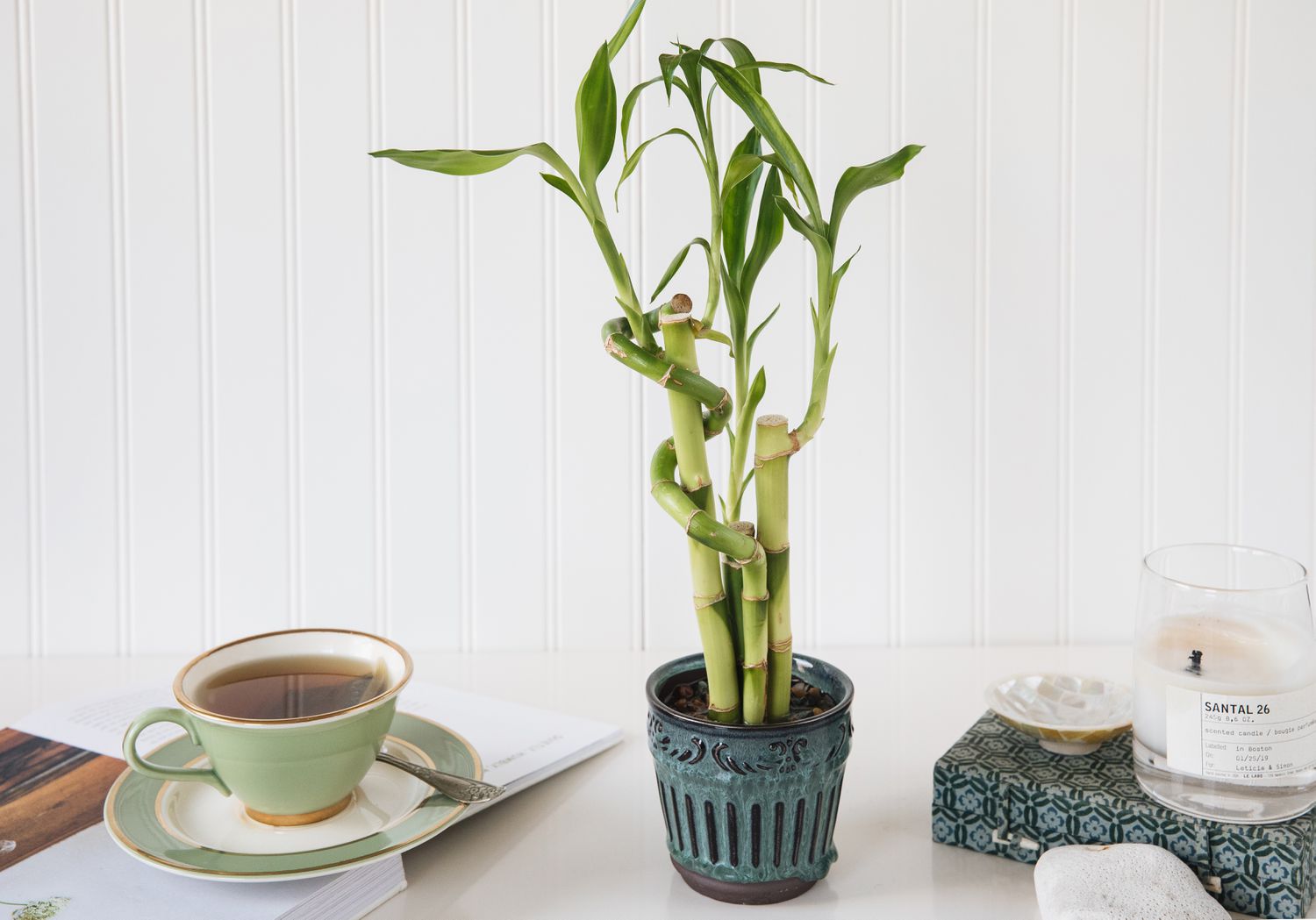
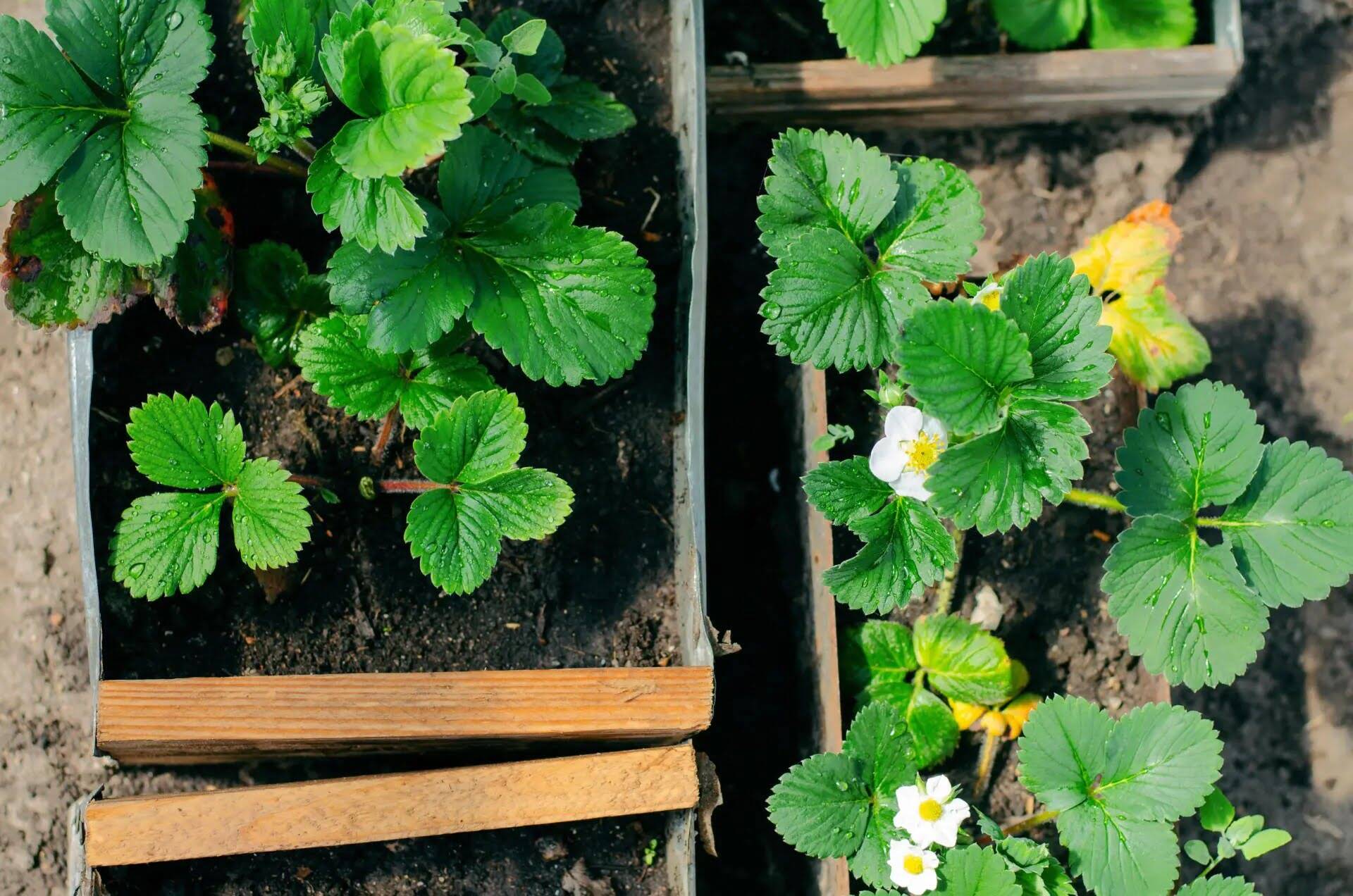
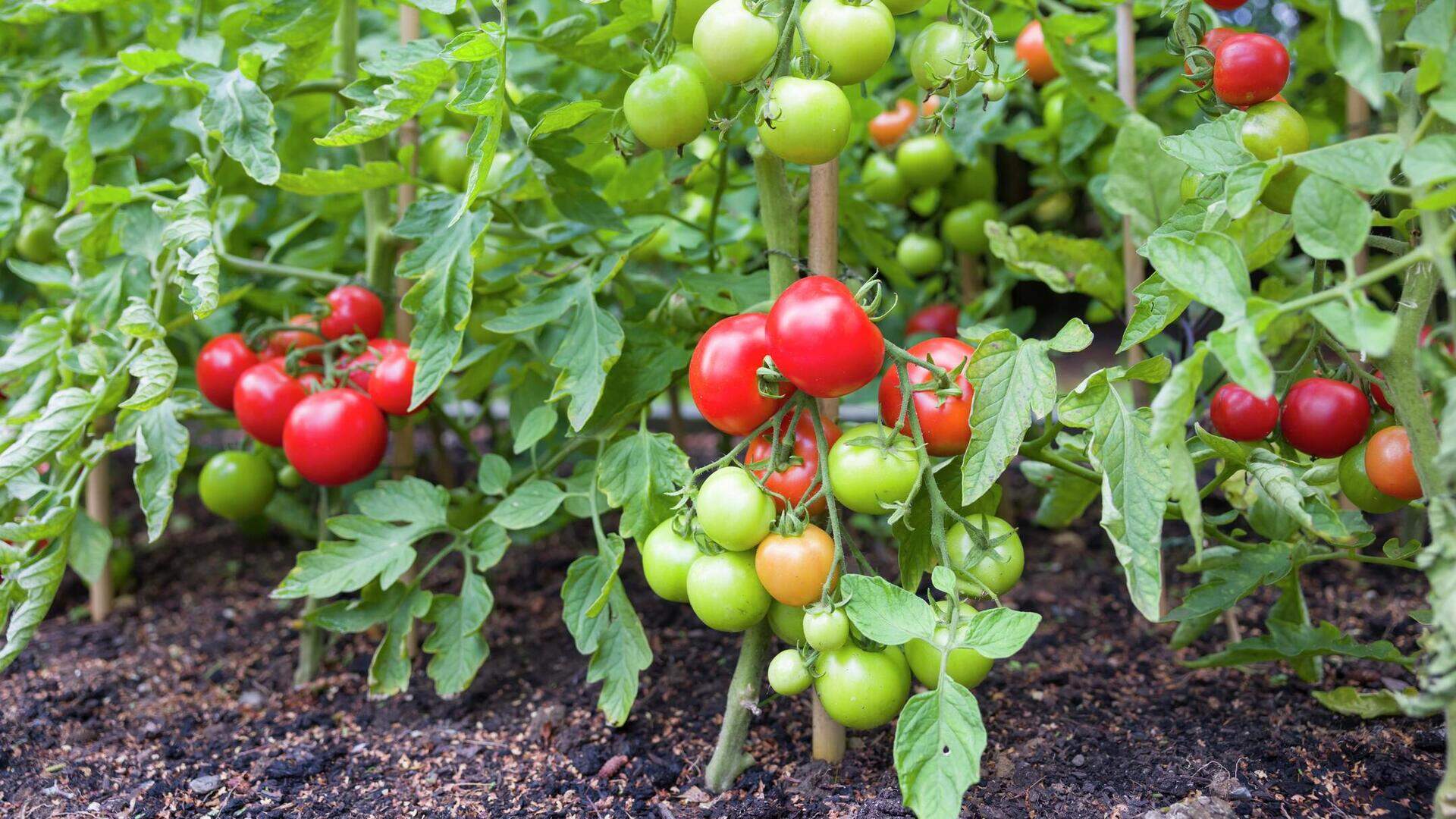
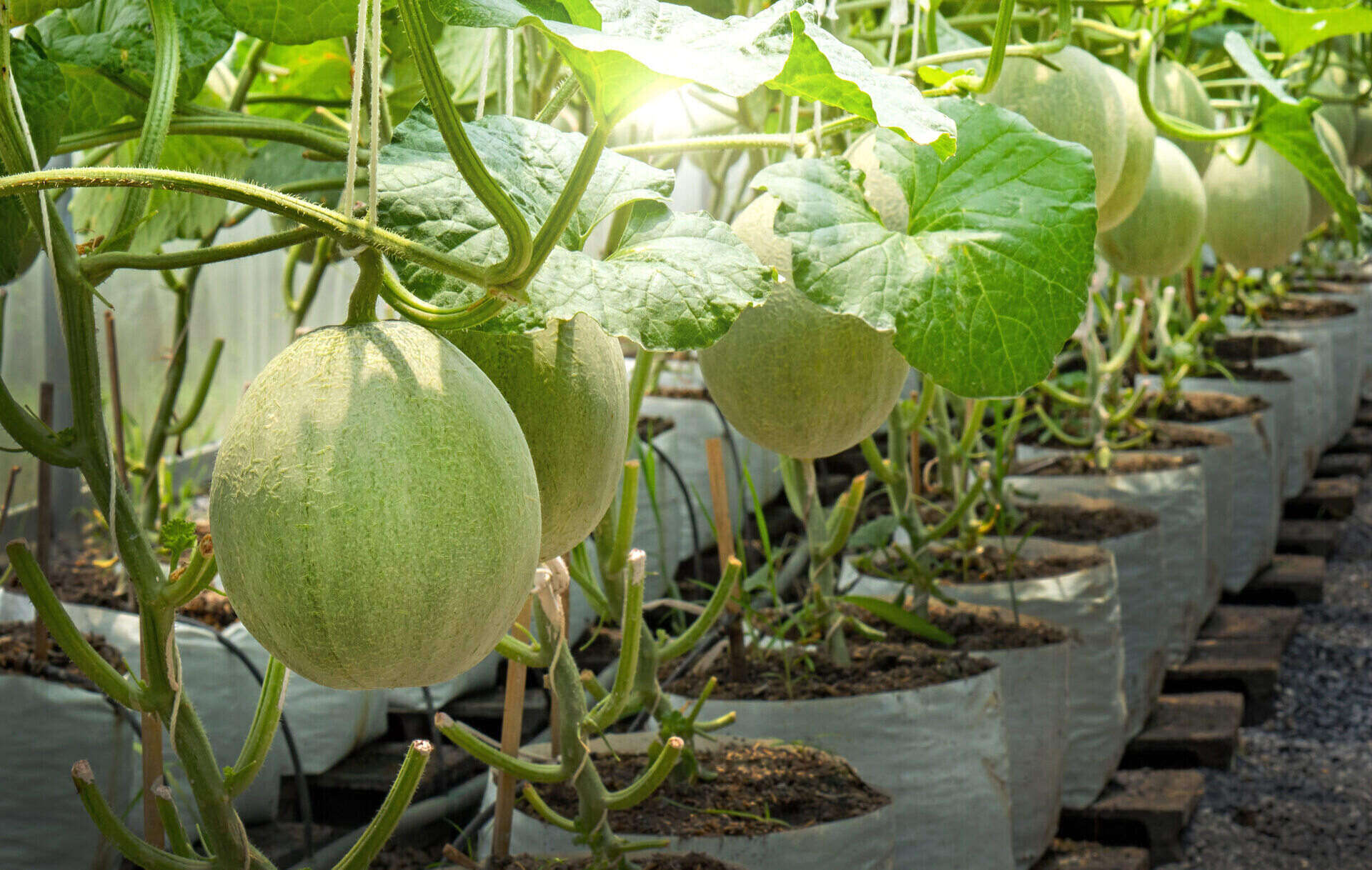
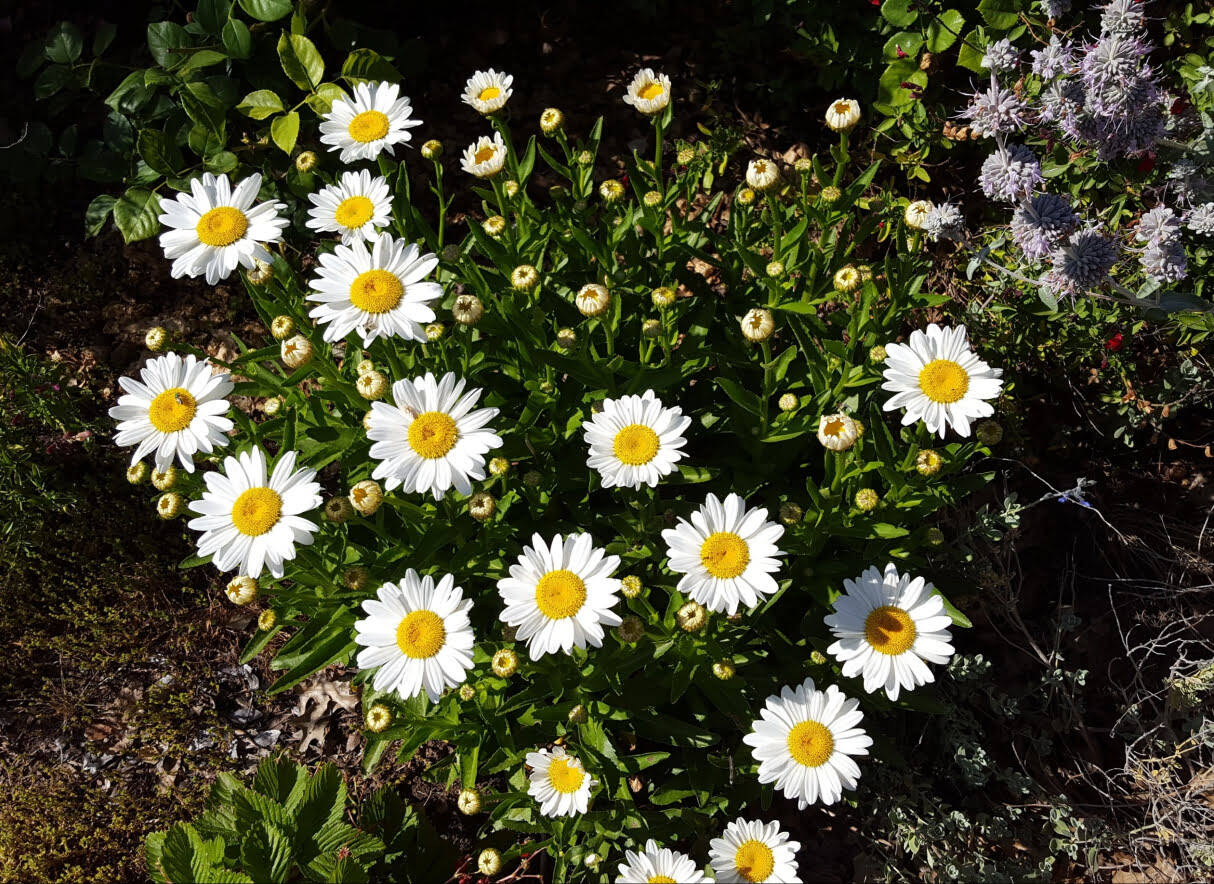
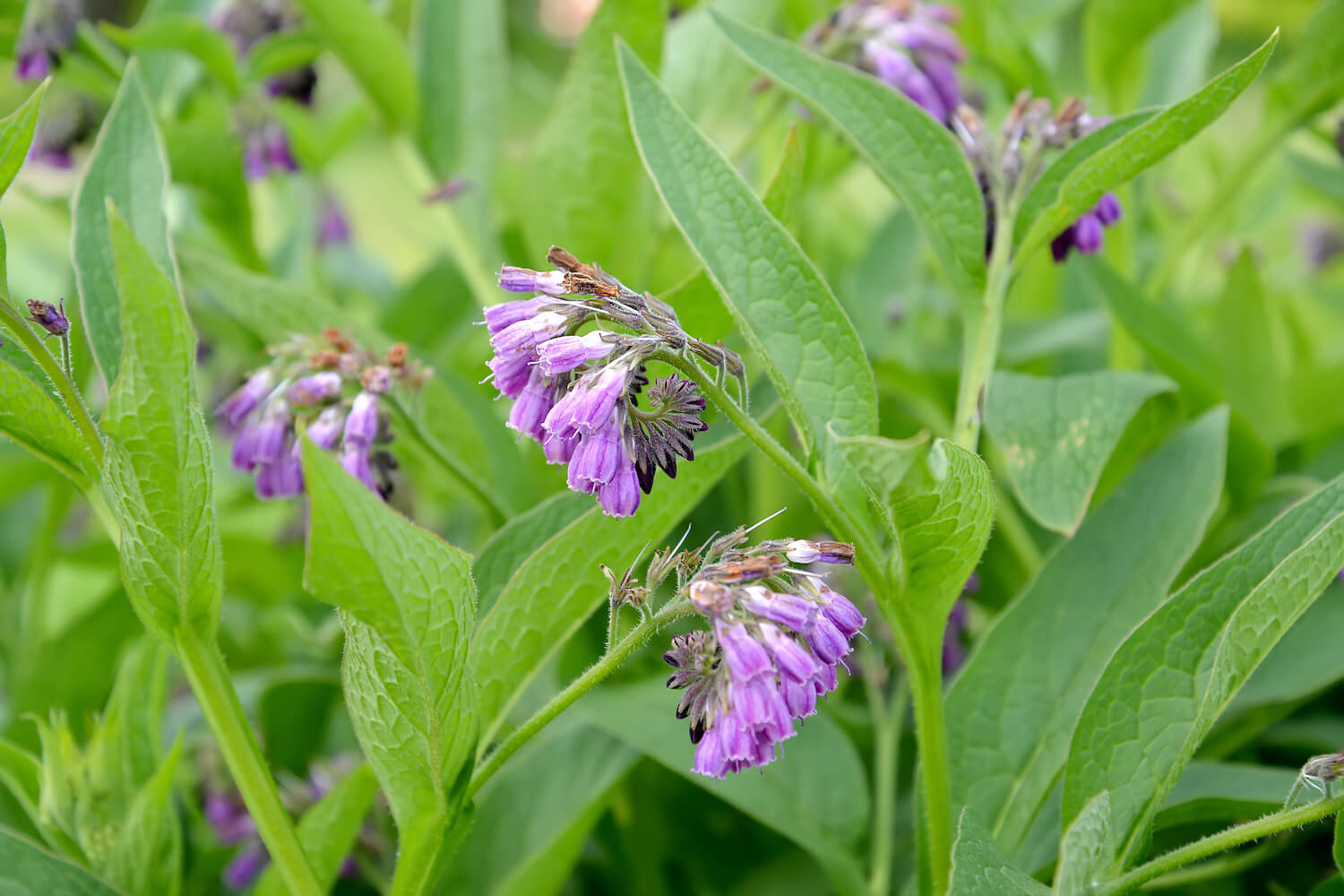
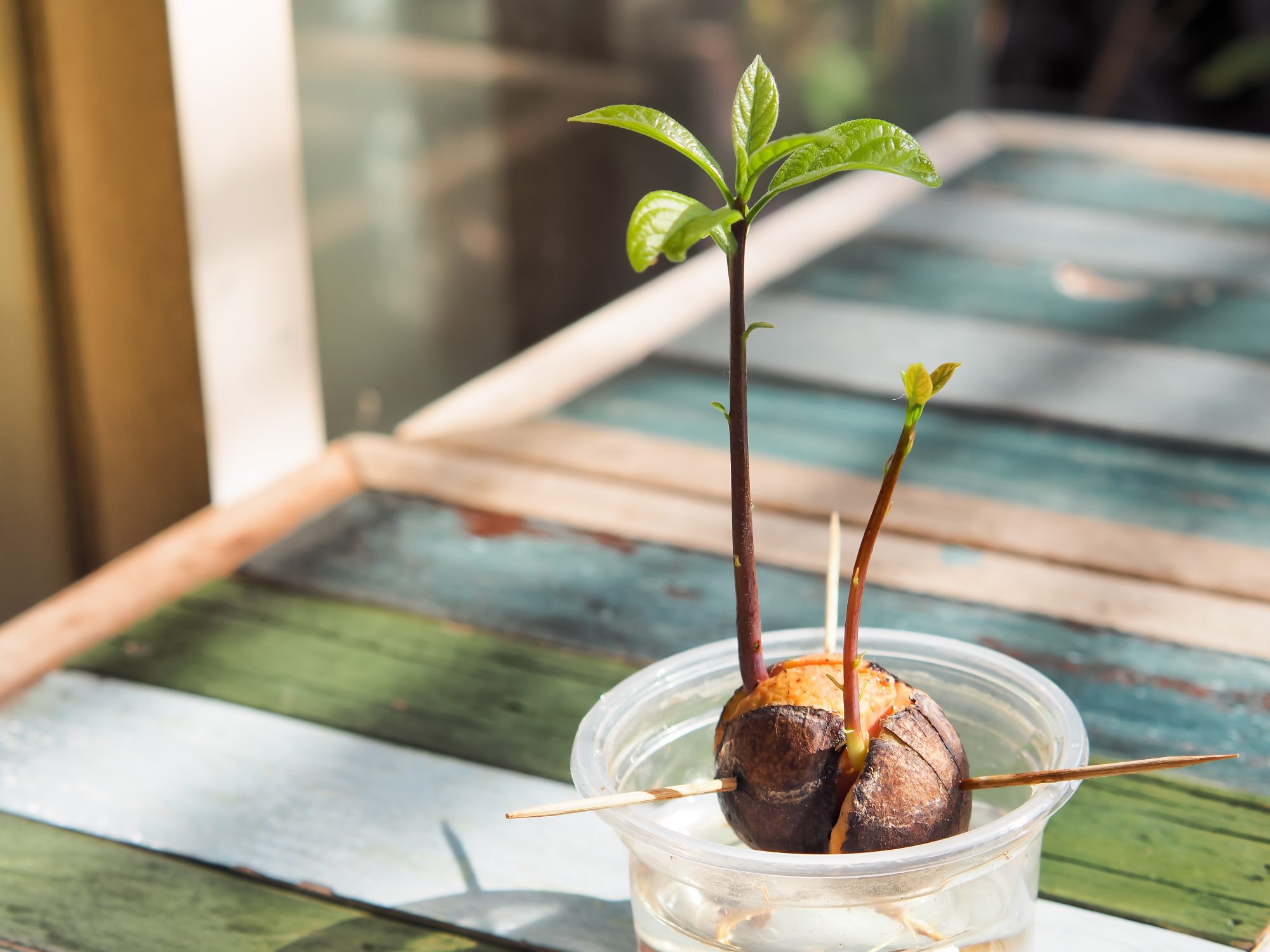
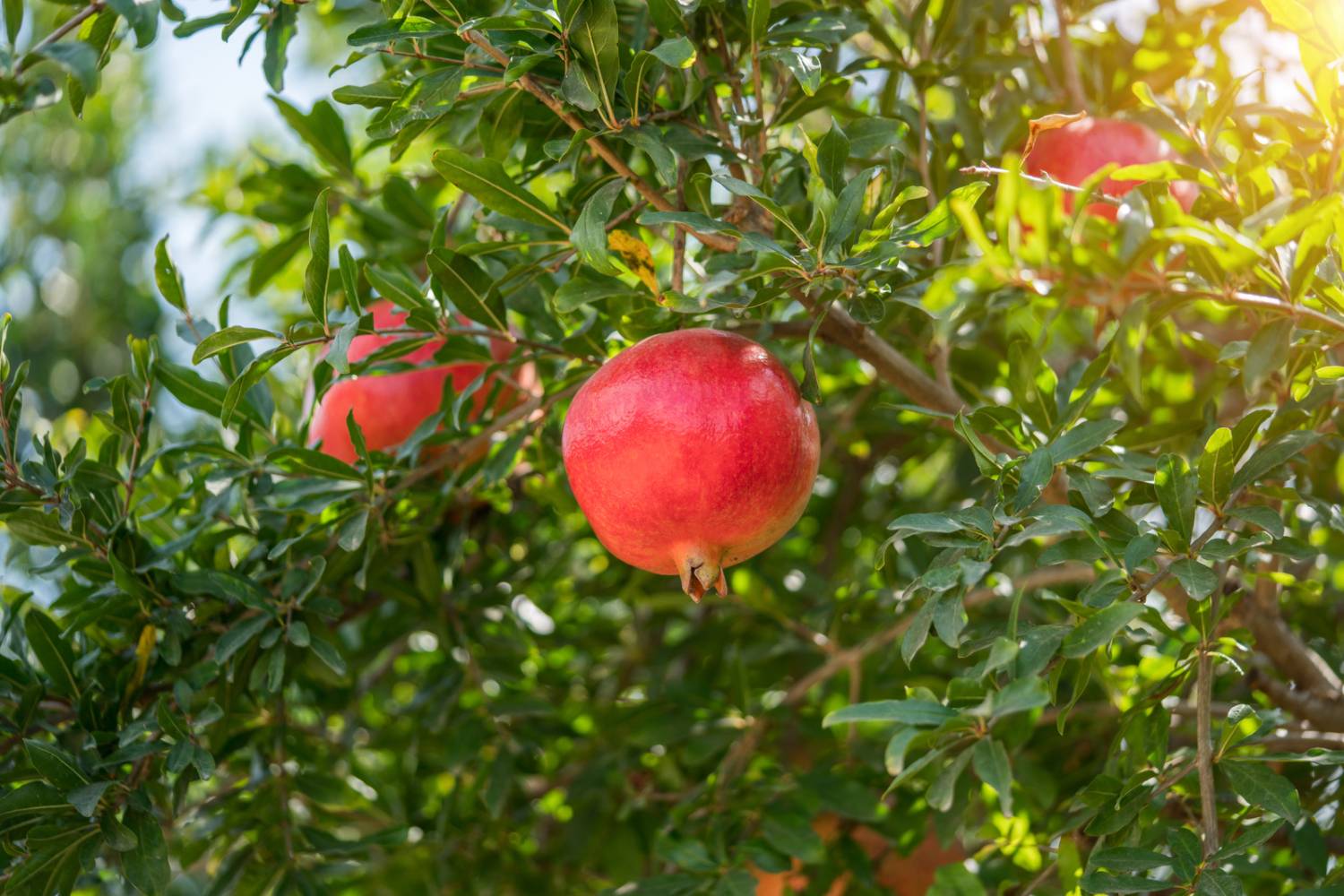
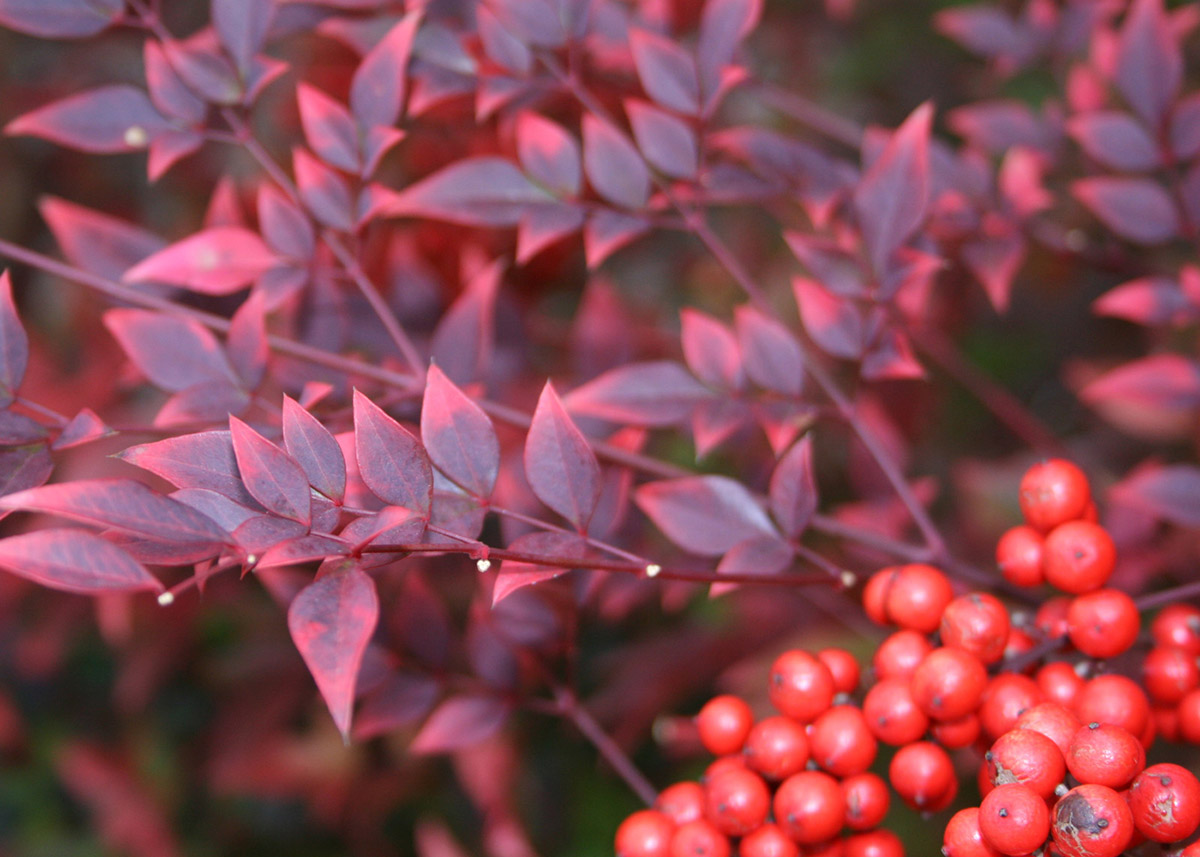
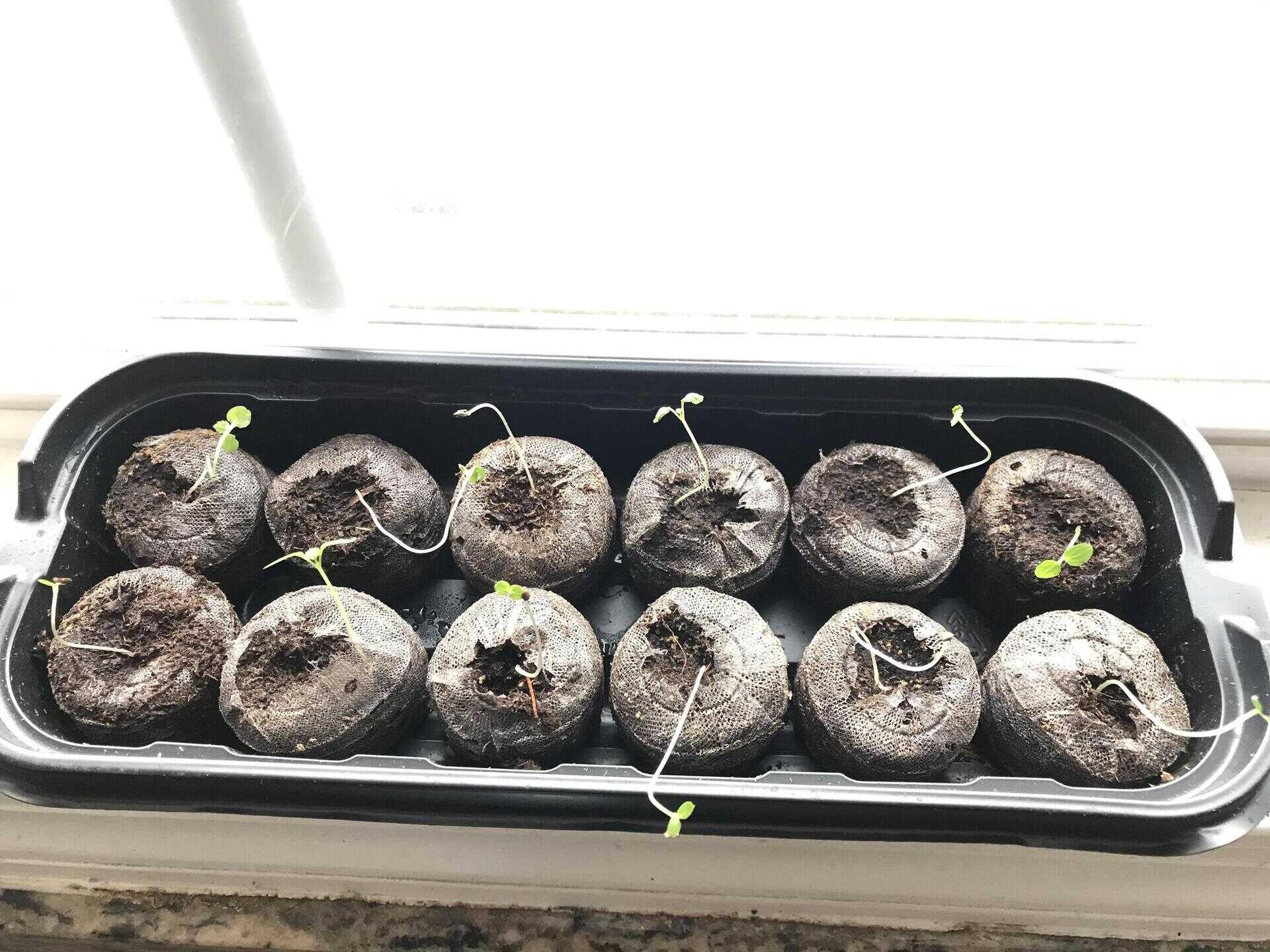
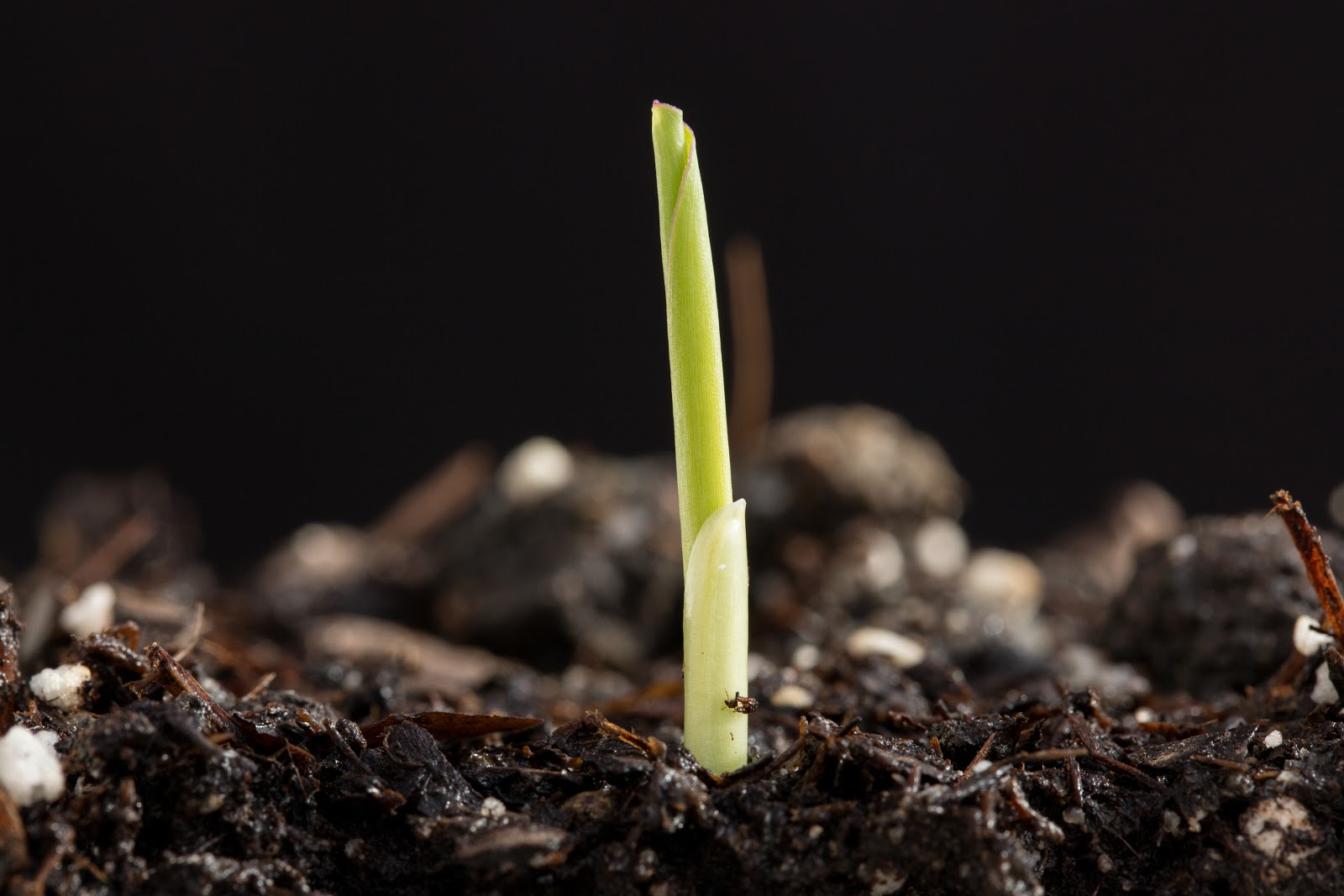
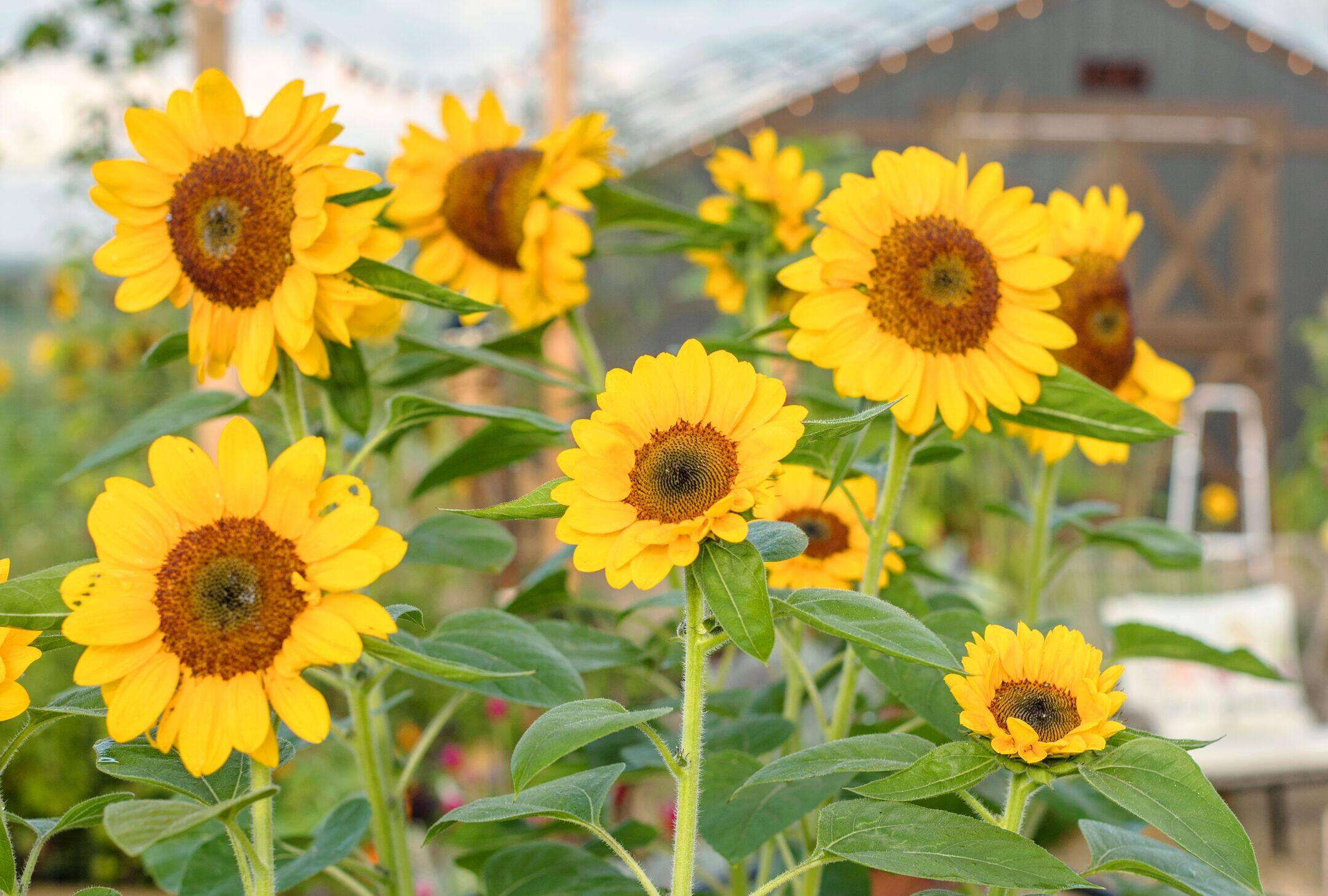
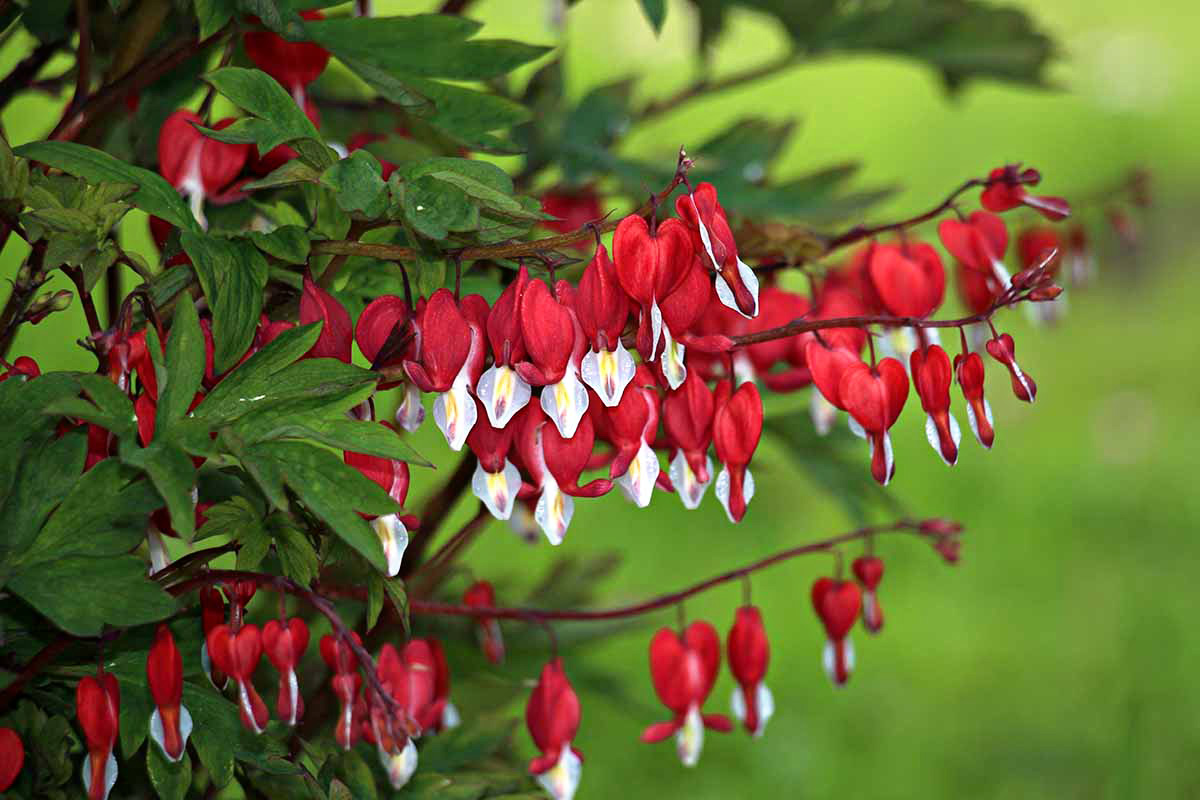
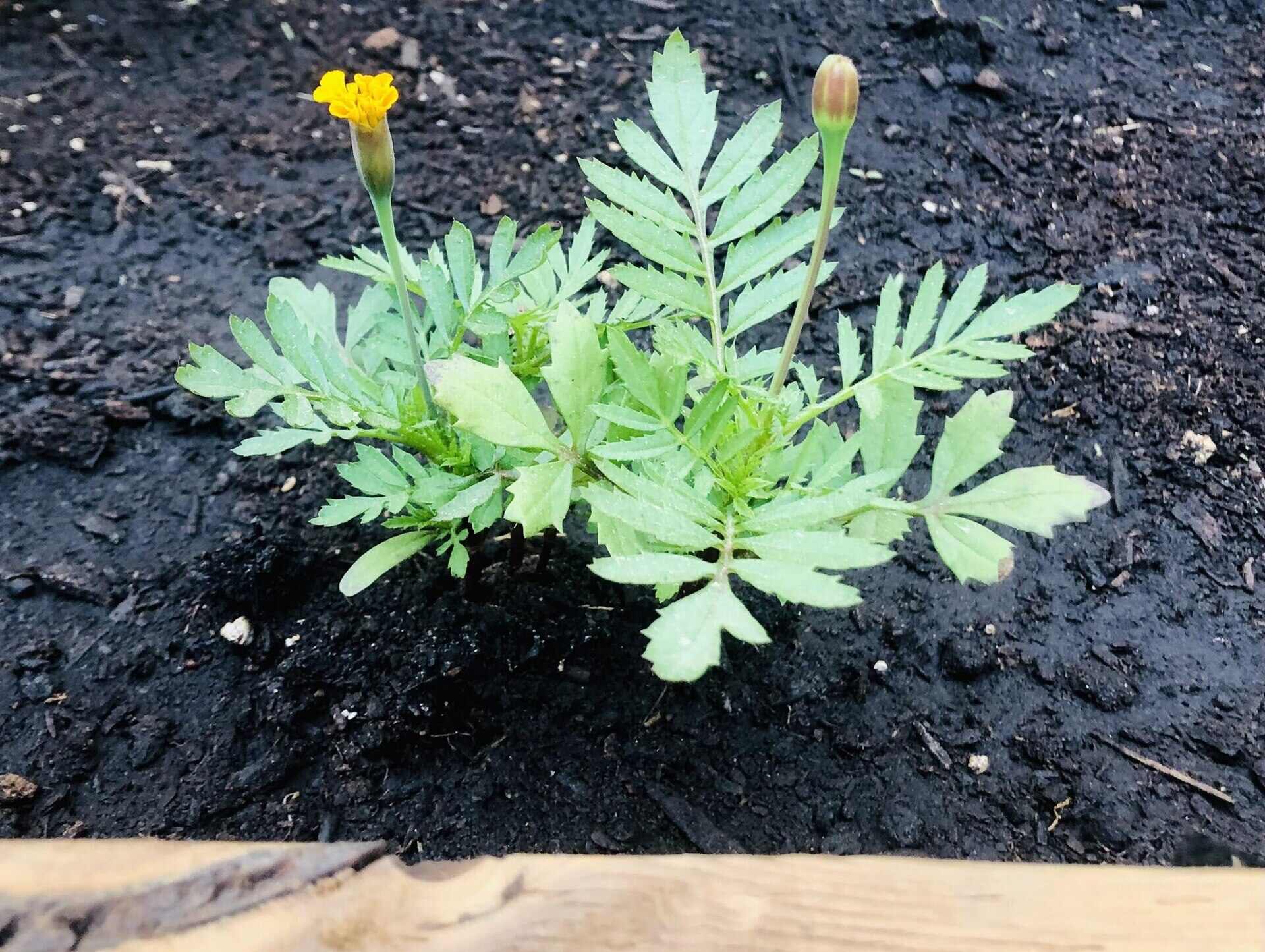

0 thoughts on “How Long Does It Take Pansies To Bloom From Seed”